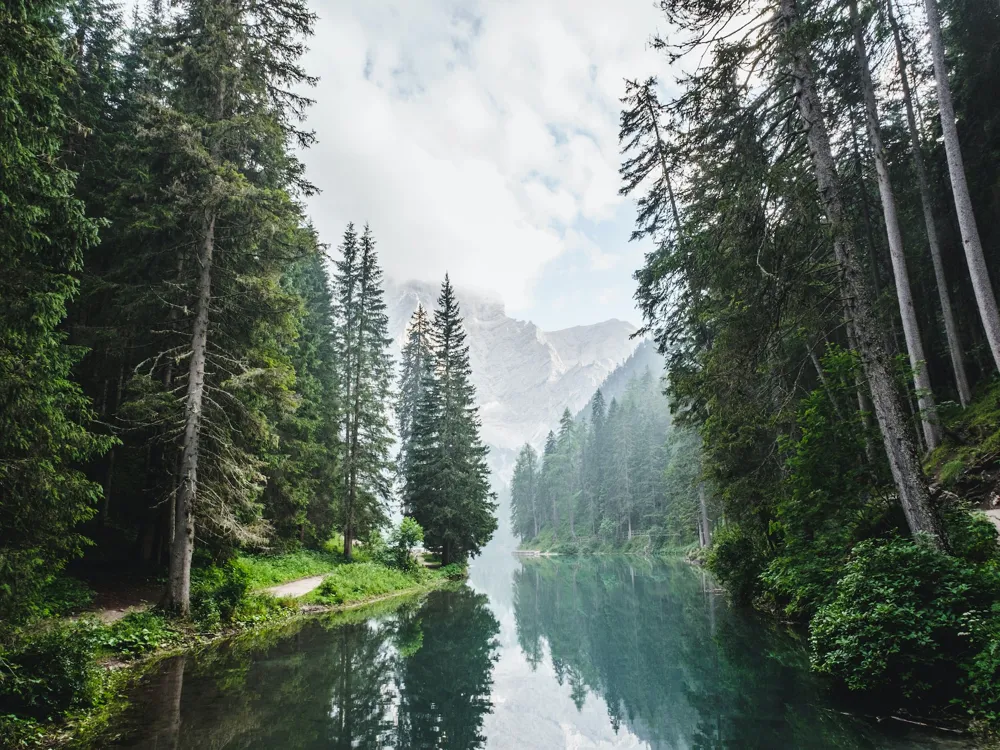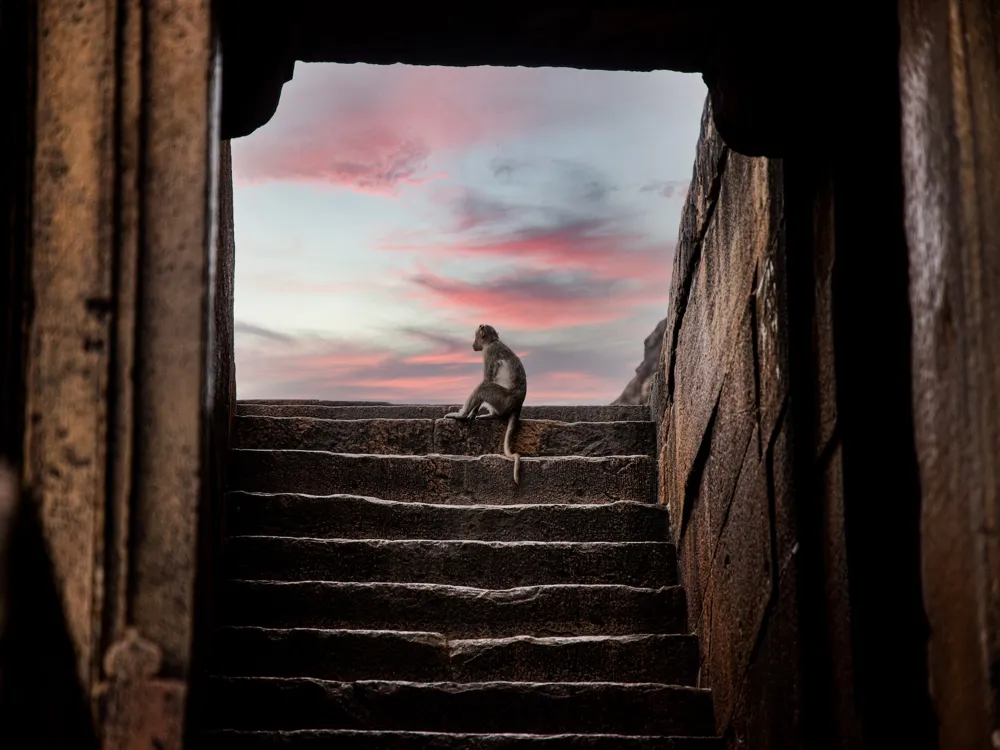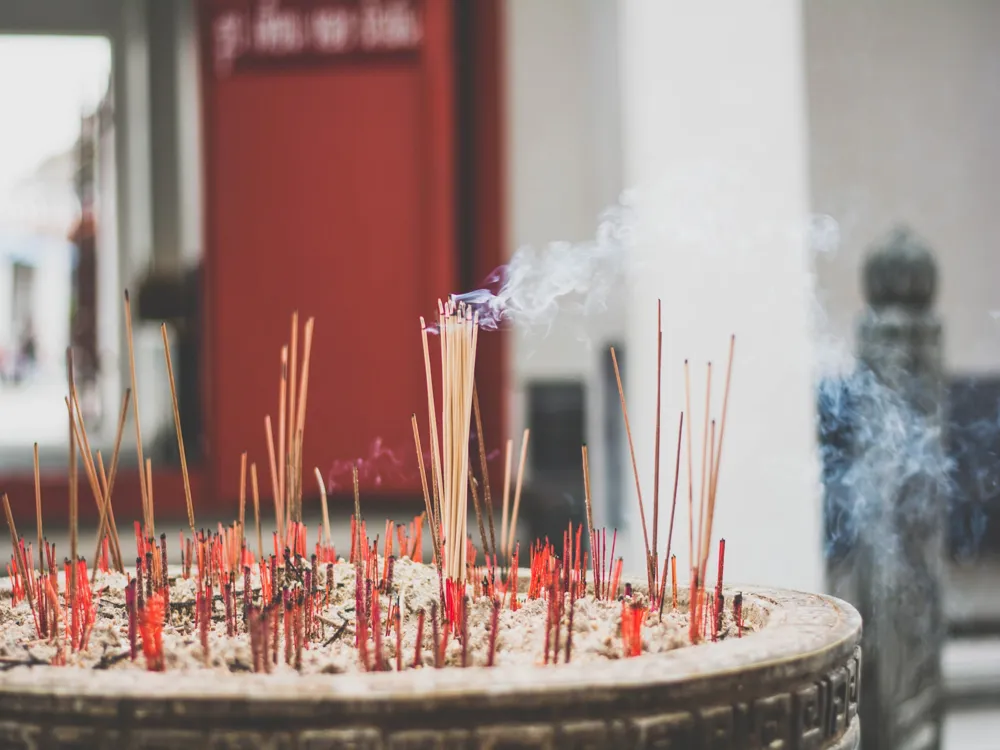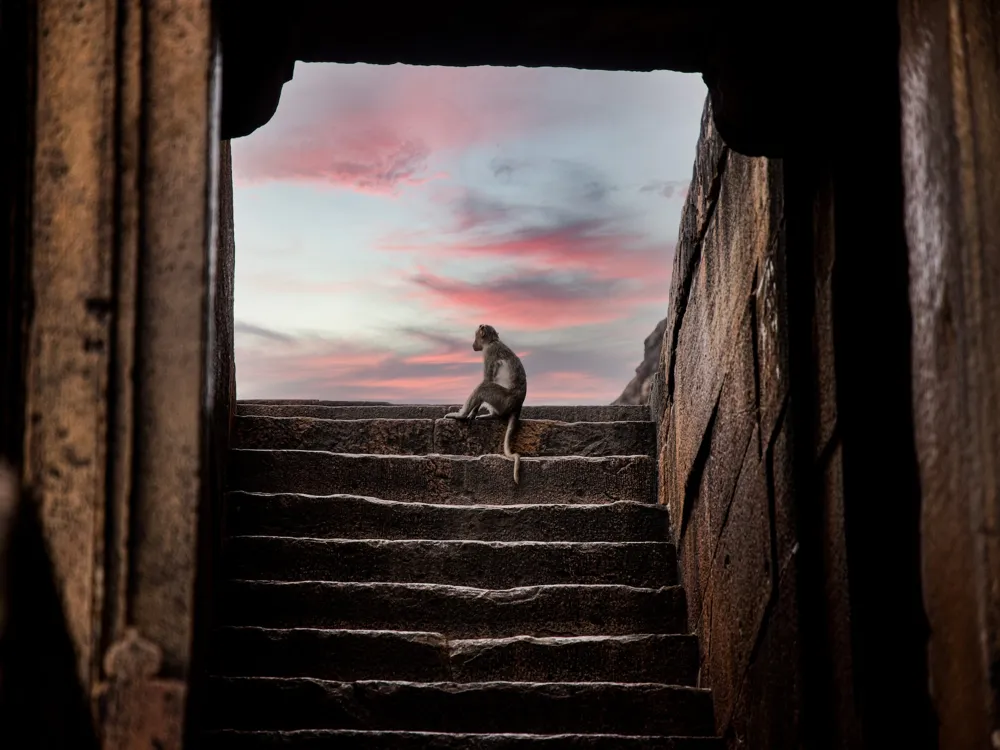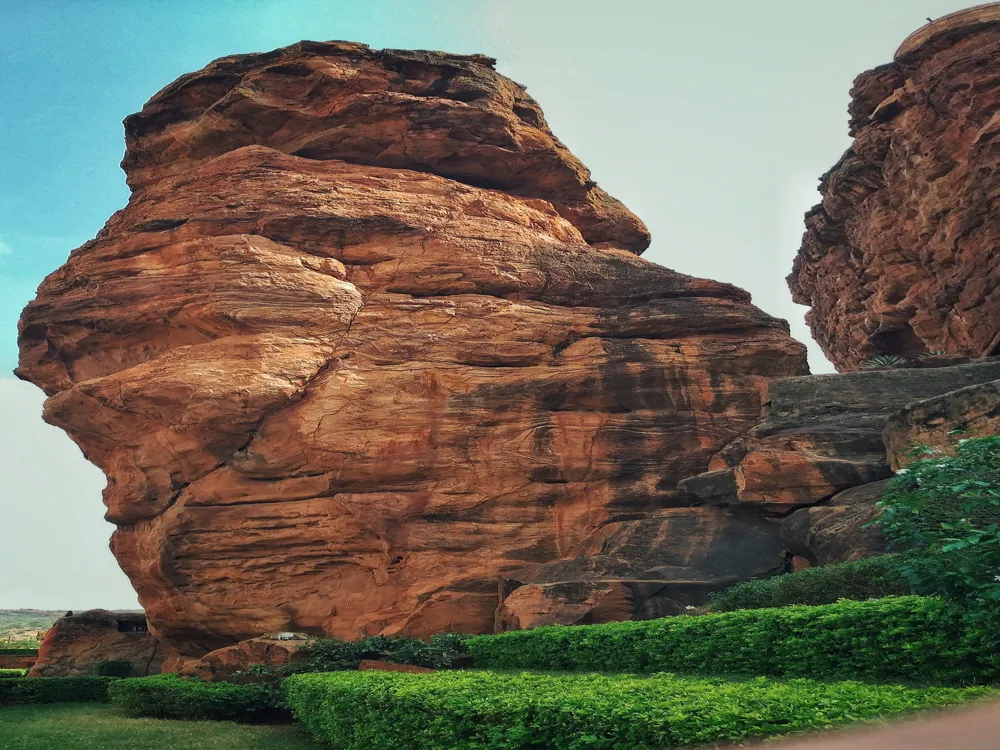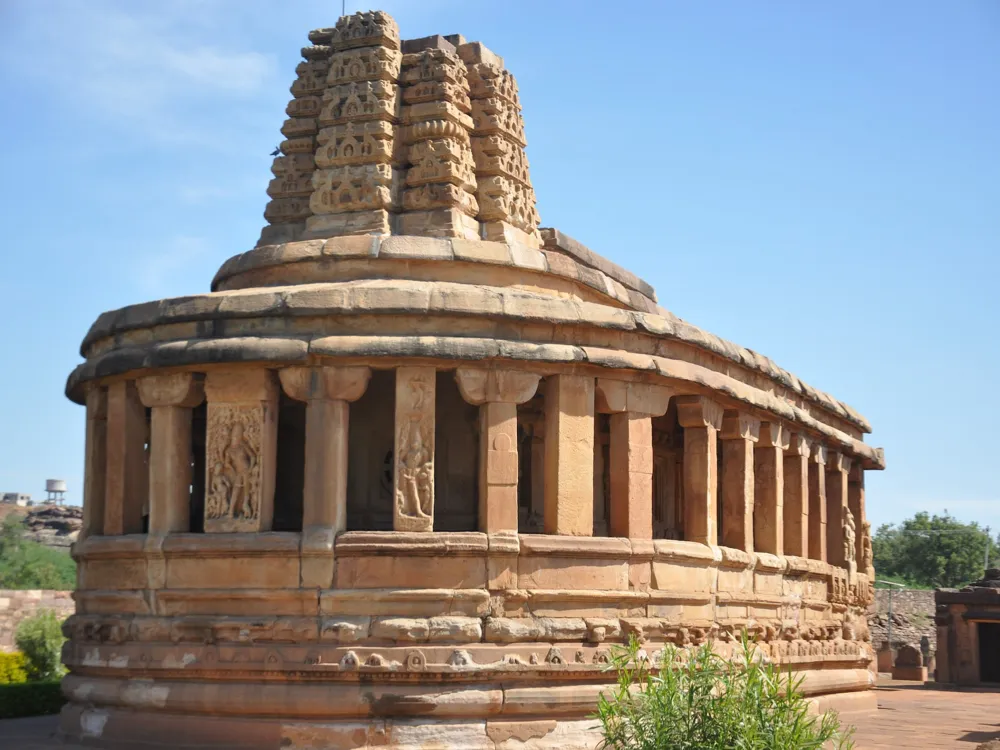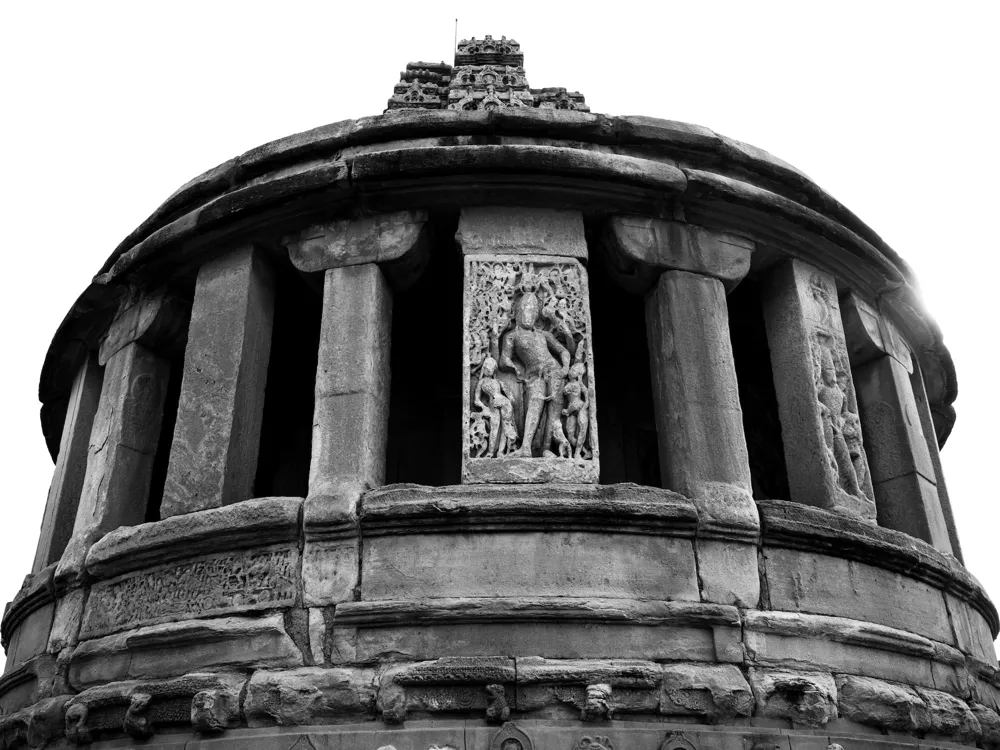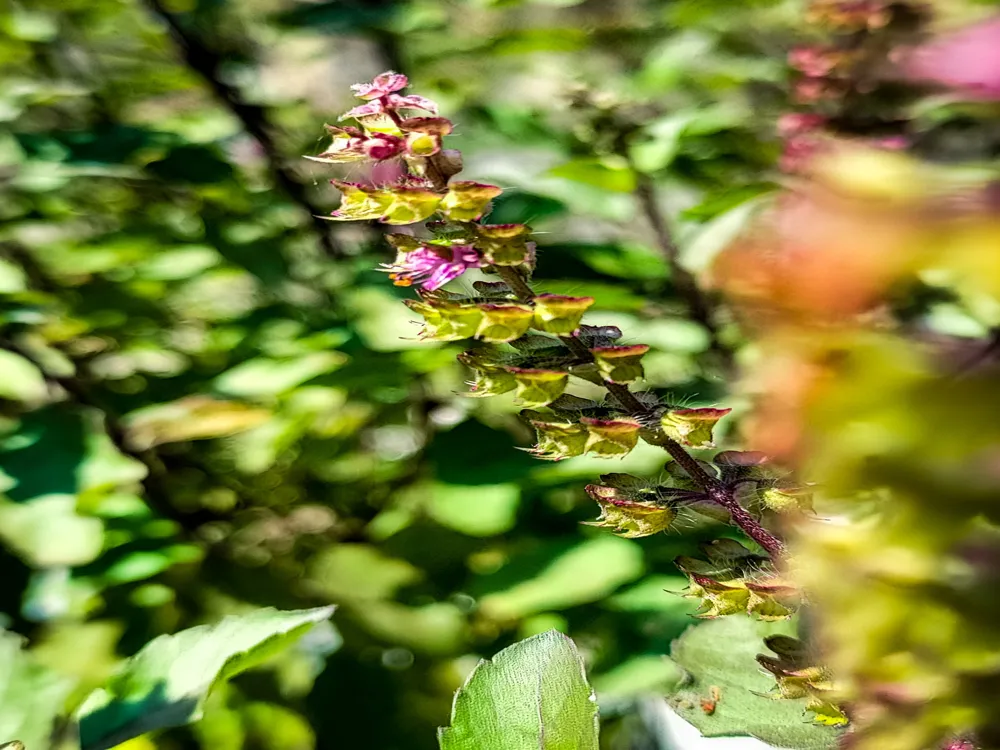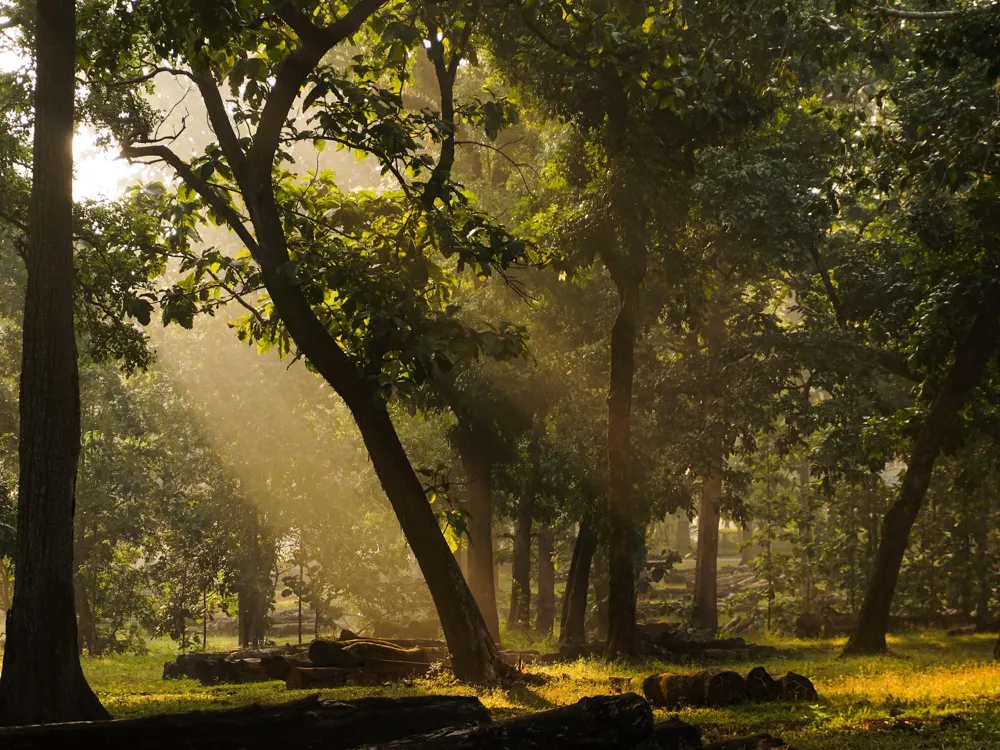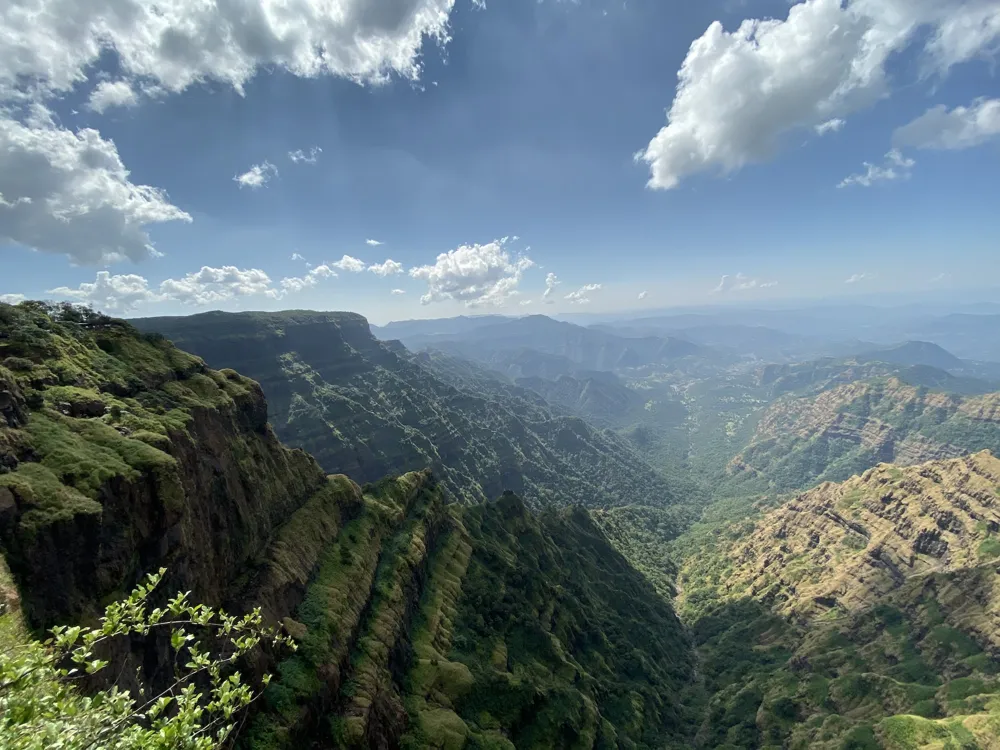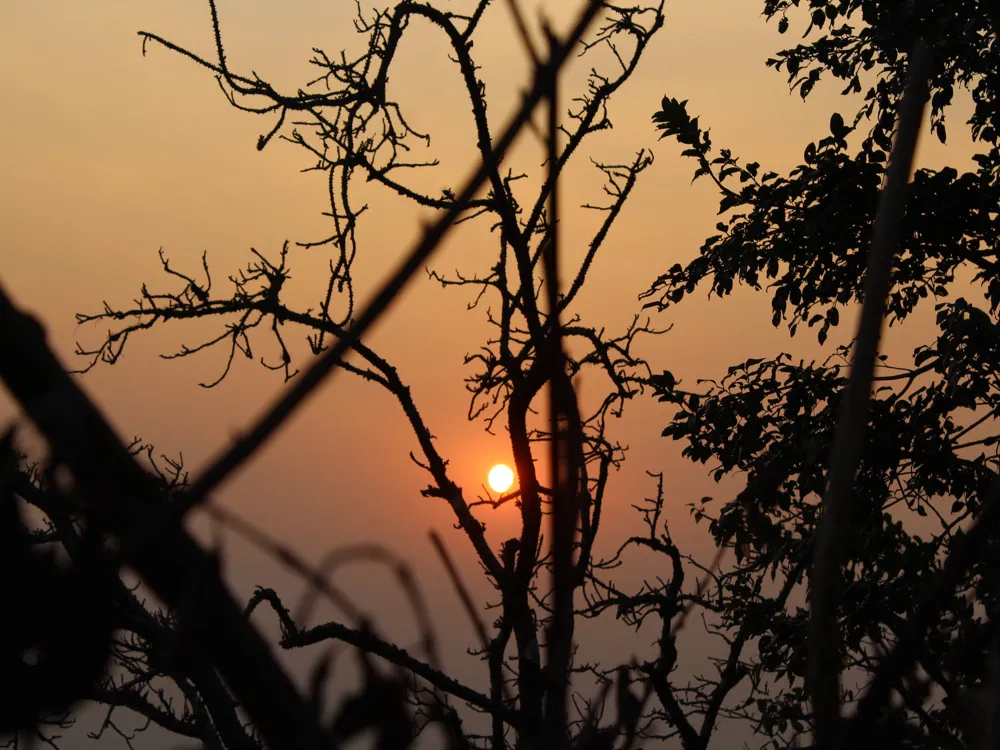Located in the Bagalkot district of Karnataka, India, Badami Fort stands as a testament to the architectural prowess and historical significance of the Chalukya dynasty. This majestic fort, perched atop a hill, overlooks the ancient town of Badami, famously known for its rock-cut cave temples. The fort's strategic position provided a bird's-eye view of the surrounding plains, making it a crucial military bastion in its heyday. The origin of Badami Fort dates back to the 6th century AD, under the rule of the Chalukya dynasty. It was further fortified by Tipu Sultan in the 18th century, adding to its historical layers. The fort complex is a blend of natural and man-made structures, featuring various attractions such as Tipu's cannon, watchtowers, granaries, and an underground chamber that presumably served as a treasury or a hideout. As you traverse the fort's expanse, you encounter remnants that narrate the story of a bygone era. The fort's architecture is a confluence of various styles, influenced by the dynasties that ruled over it. It stands not just as a monument but as a bearer of the cultural and historical legacy of Badami and its rulers. Badami Fort's architecture is a fascinating amalgamation of rock-cut and structural elements. The fortification mainly comprises sandstone, which was readily available in the region. This choice of material not only provided durability but also allowed intricate carvings and sculptures, which are evident in the cave temples situated at the foot of the fort hill. The fort's layout is indicative of the strategic military thinking of the era, with its high ramparts and deep moats adding to its impregnability. The main entrance is adorned with carvings and inscriptions that throw light on the fort's historical significance. Inside the fort, the structures are primarily in ruins but offer a glimpse into the grandeur of the Chalukya architecture. The caves near the Badami Fort, although not part of the fort itself, are integral to understanding the architectural narrative of the region. These caves, cut out of solid rock, exhibit a blend of Hindu, Jain, and Buddhist influences, showcasing the religious tolerance and cultural assimilation under the Chalukya rule. Badami experiences a tropical climate, with the best time to visit is from October to March. During these months, the weather is pleasant, which makes exploring the fort and the nearby attractions comfortable. Comfortable clothing and sturdy footwear are recommended as the fort requires a fair amount of walking and climbing. A hat and sunscreen are advisable due to the open areas and the tropical sun. Opting for a guided tour can enhance the experience as local guides provide insightful narratives about the fort's history, architecture, and anecdotes related to it. Photography enthusiasts will find plenty of picturesque views and architectural details to capture. However, it's advisable to check for any restrictions on photography within the fort premises. As the fort is located atop a hill, visitors should take necessary safety precautions, especially on steep paths and near edges. Keeping hydrated is also crucial. Badami is well-connected by road, rail, and air. The nearest airport is in Belgaum, about 150 kilometers away. Badami has its railway station, which is well-connected to major cities in Karnataka and neighboring states. By road, Badami is accessible via national and state highways, with regular bus services from major cities like Bangalore, Mysore, and Goa. Taxis and local buses are available for local commuting, making it convenient for tourists to reach Badami Fort from different parts of the town. The approach to the fort itself involves a climb, for which visitors need to be prepared. Local auto-rickshaws and taxis can take you to the base from where the ascent begins. Read More:Overview of Badami Fort, Karnataka
Architectural Significance of Badami Fort
Tips When Visiting Badami Fort
Best Time to Visit
What to Wear
Guided Tours
Photography
Safety Precautions
How To Reach Badami Fort
Badami Fort
Badami
Karnataka
NaN onwards
View badami Packages
Weather :
Label : Must Visit
Tags : Forts & Palaces
Constructed in : 543 AD
Constructed by : King Pulakeshi
Timings : 10:00 AM - 5:00 PM, Friday Closed
Time Required : 1 to 2 hours
Entry Fees : INR 5
Nearest Bus Stand : Badami Bus Stand
Planning a Trip? Ask Your Question
Badami Travel Packages
View All Packages For Badami
Top Hotel Collections for Badami

Private Pool

Luxury Hotels

5-Star Hotels

Pet Friendly
Top Hotels Near Badami
Other Top Ranking Places In Badami
View All Places To Visit In badami
View badami Packages
Weather :
Label : Must Visit
Tags : Forts & Palaces
Constructed in : 543 AD
Constructed by : King Pulakeshi
Timings : 10:00 AM - 5:00 PM, Friday Closed
Time Required : 1 to 2 hours
Entry Fees : INR 5
Nearest Bus Stand : Badami Bus Stand
Planning a Trip? Ask Your Question
Badami Travel Packages
View All Packages For Badami
Top Hotel Collections for Badami

Private Pool

Luxury Hotels

5-Star Hotels

Pet Friendly







